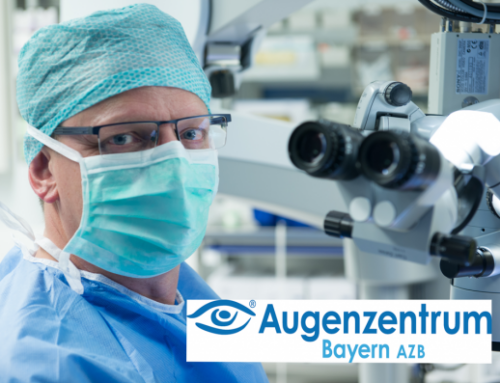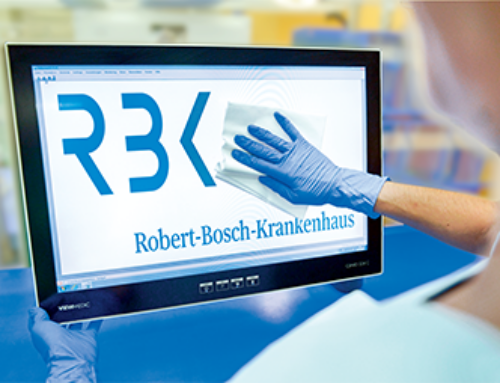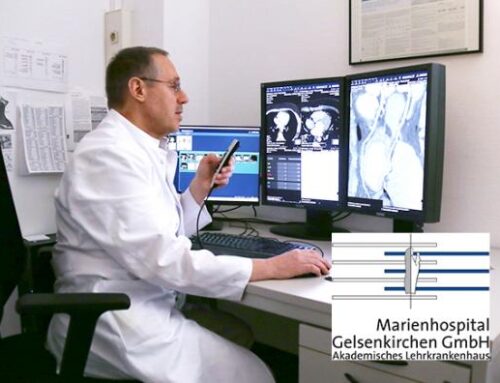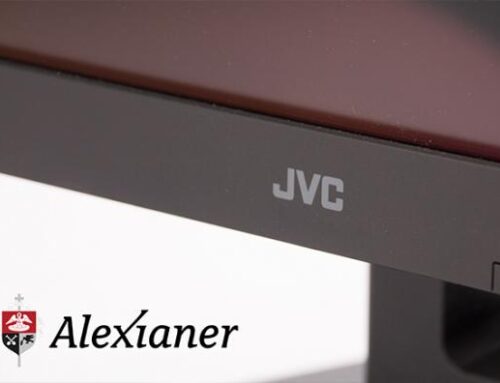Video surveillance of patients
Bethel Epilepsy Center
Faster access, more overview, better workflow
Einsatzgebiet
Patient monitoring
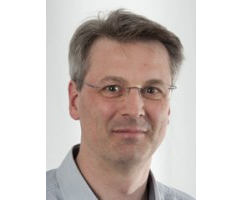
Video surveillance at the Bethel Epilepsy Center, Bielefeld
Epilepsies are a group of disorders that have in common that seizures occur repeatedly. The appearance of the seizures ranges from subjective sensations that are hardly or not at all perceptible from the outside and minor muscle twitches to short pauses in consciousness and falls with loss of consciousness and twitching all over the body. The Bethel Epilepsy Center at Mara Hospital is the largest facility for the treatment and care of people with epilepsy in Germany.
More than 5,000 people are treated here every year. The Mara Hospital in Bielefeld is an epilepsy clinic and part of the Bethel Epilepsy Center. Video recordings of patients are indispensable for patient monitoring and the diagnosis of epilepsy. Around 70 rooms in the epilepsy center are under video surveillance. With video EEG, patients are monitored with a video camera. EEG curves and the video image are displayed simultaneously side by side on the screen. The recording can be used to precisely compare electrical brain activity with seizure-related changes in facial expressions and movement. Long-term EEG video monitoring can extend over several days in order to specifically record epileptic seizures.
Systematic allocation was missing
Until now, the video recordings were recorded on video recorders using a “ring buffer” (FIFo). The recording duration (in SD quality) was limited to seven days per bed. The partial recordings relevant for medical professionals were saved by an export function before being overwritten and archived in various locations. Some of the relevant video material was archived digitally, but generally on data carriers. There was no systematic allocation to the respective patient file. This also applied to videos brought in by patients from their private environment in the form of cell phone videos, USB sticks or CDs/DVDs. “Over time, this created a lack of clarity that was counterproductive. We wanted to create order and set up a central administration system with patient and surveillance videos,” recalls Lutz Sommerfeld, the project manager responsible for the planning phase. In Rein Medical, the epilepsy center found a solution provider who, in addition to expertise in the multimedia environment, also has the necessary experience in clinical system integration and with the HL7 interfaces required to establish the entire data exchange, including the link to the patient file in the HIS.
Existing technology integrated
In preliminary discussions with Rein Medical, the computing power required for the video server was determined and how the network architecture should be designed to ensure the systematic allocation and access to all video material in a smooth and future-oriented manner. Previously, the video sequences were stored and accessed decentrally in a file system. The introduction of the new video server was intended, on the one hand, to achieve patient reference (direct access to the video sequence from the patient file) and, on the other hand, to standardize the video file formats, explains Frank Schmidt, who was responsible for the technical implementation at Bethel. In close coordination with Rein Medical, the corresponding hardware was procured independently by the Epilepsy Center. During this phase, the wish was also expressed to integrate the existing video infrastructure, existing cable ducts and also camera technology into the new system as far as possible.
The hardware purchased by the hospital for the video server was equipped with SMART OR software from Rein Medical. SMART OR manages all video sources and makes the videos available throughout the network. SMART OR also enables the video streams to be archived and connected to the HIS. The H.264 encoding technology used guarantees digital videos with high resolution. The codec, which is based on the H.264 standard, compresses the video data to half the MPEG-2 data volume (DVD standard) – and with better video quality. 32 of the customer’s existing cameras were successfully integrated into the new system.
Server-based video editing
The HL7 interface is crucial for transferring the video material to the patient file. HL7 creates international standards for the exchange between systems and between facilities as well as for clinical documents. “We were explicitly looking for a provider with experience in this area,” emphasizes Sommerfeld. All patient data is transmitted to the video server via this interface – regardless of whether the patient is admitted as an inpatient or outpatient. The import of video material provided by patients themselves is also possible at all SMART OR workstations and can be assigned to the desired patient file.
The recorded material is temporarily stored for seven days, while the raw material is “temporarily stored” in decentralized departmental storage facilities. The available video material no longer needs to be downloaded for editing and remains available in the company’s internal “cloud”. Video editing within SMART OR is also server-based. Data no longer needs to be downloaded to the PC client for editing. The scenes marked as relevant by the physician are automatically transferred to the computer center and assigned to the respective patient file.
The SMART OR Client with read rights is used on a total of 250 workstations. Around 50 of these workstations are authorized by configuration to use the cut function, with which the desired scenes can be cut out of the database.
The new system was installed during ongoing operations. During the implementation phase, the old and new systems were recorded in parallel to ensure data security during the changeover phase. There was therefore no downtime in hospital operations.
SMART OR is intuitive to use. The feedback from users is outstanding. Faster access and a better overview have significantly minimized the time required in day-to-day clinical work. The new system enables a more efficient diagnostic procedure.
IP cameras for more flexibility
The new video surveillance system has been in use since April 2017. In the first year, more than 10,000 videos of various lengths were archived. At the beginning of 2018, 20 new IP cameras were integrated into the video surveillance system. “With IP cameras, we have more flexibility because we no longer have to lay video cables. You are no longer so tied to one location,” explains Schmidt. In further steps, the older cameras are to be replaced by additional IP cameras. There is currently one camera per room available for recording. As there are also two-bed rooms, two cameras are to be installed here for monitoring purposes in future. The integration of a total of 90 IP cameras is planned.
Video surveillance with automated transfer of the required video material to the patient file via the HL7 interface is groundbreaking for all medical facilities that use video surveillance for diagnostics. In principle, this technology can also be used in other medical departments, for example in sleep laboratories. With the central archiving function and the direct connection to the patient file via SMART OR, medical video surveillance can be significantly optimized.
